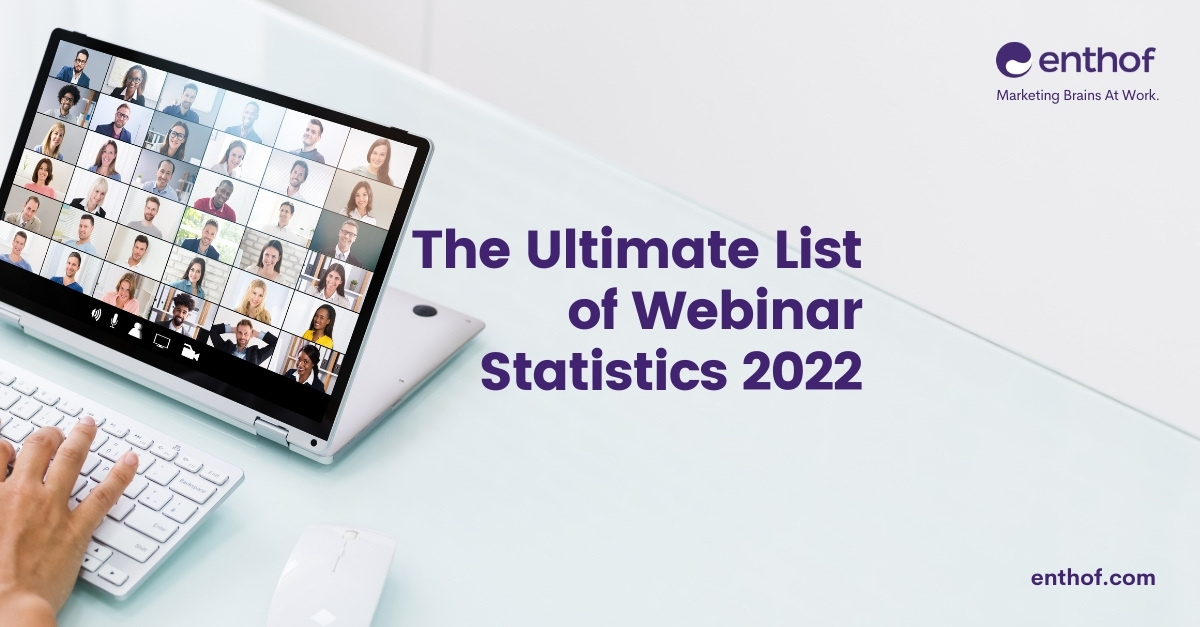Market Research Methods
The methods for Market Research in this list cover both Primary and Secondary market research. Which ones you want to use will depend on your aims. Have a browse through and see what fits.
1. Interviews
When you speak with customers directly, you can ask precise questions to examine their behaviours and preferences. Interviews can be conducted in person, over the phone, via video, chat, or email. Interviews offer the added benefit of allowing you to clarify replies or ask follow-up questions because they are interactive.
2. Focus groups
While most interviews are one-on-one, focus groups allow you to converse with multiple people at the same time. Most focus groups consist of people who have similar traits, such as demographics, problems, or needs. The talk is usually moderated by a research analyst, and it usually consists of guided questions about your company, product line, or industry.
3. Surveys
You may ask more questions to a bigger group of people through consumer surveys. Like interviews, surveys can provide questions that provide insight into purchasing decisions. You may create surveys that your target audience can complete independently over the phone, online, or in person, allowing your team to operate more efficiently.
4. Observation
Observation allows you to observe how customers interact with your products, services, or marketing materials, whereas most primary sources require direct input from your target audience. You can make conclusions about consumers’ problems or preferences once your team witnesses them engaging naturally with these aspects.v
5. Trade publications and academic studies
In-depth analyses of audiences or niches relevant to your firm are frequently published in industry publications and university evaluations.
6. Case studies
Other businesses in your field may post reviews that incorporate statistics and qualitative findings from your own study.
7. Government reports and databases
Every month, quarter, or year, government agencies such as the United States Census Bureau and the Bureau of Labor Information provide statistics and analysis for the general public.
8. Literature reviews
Look for literature reviews, which compile publicly available data to provide a detailed study of the existing data in your field.



